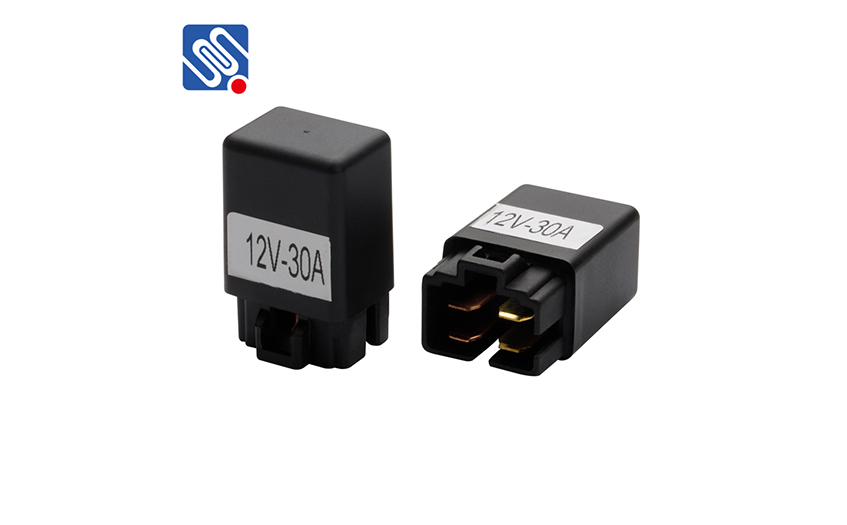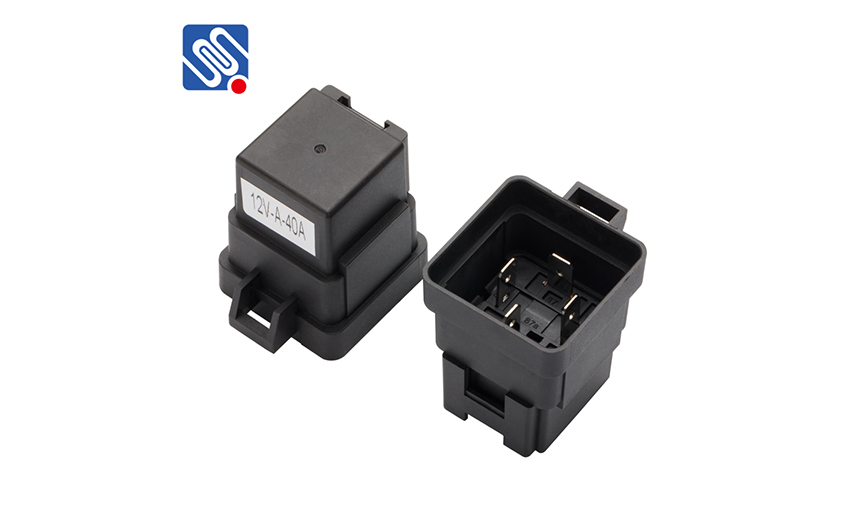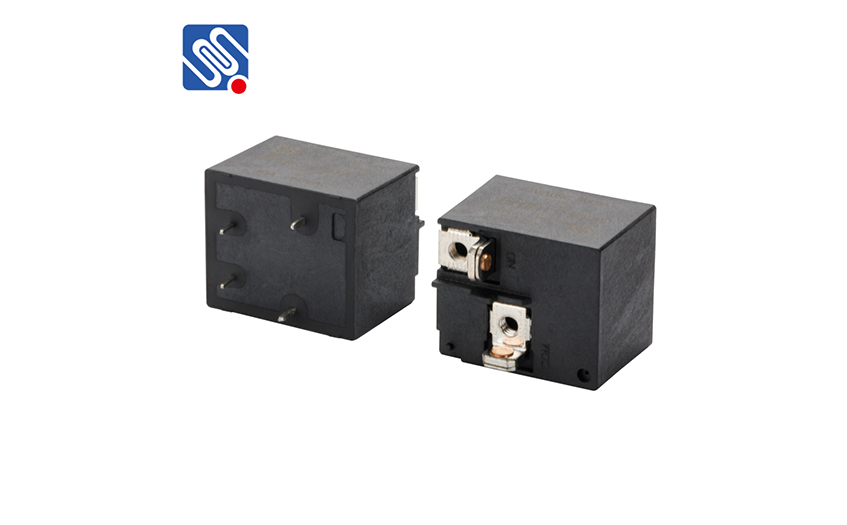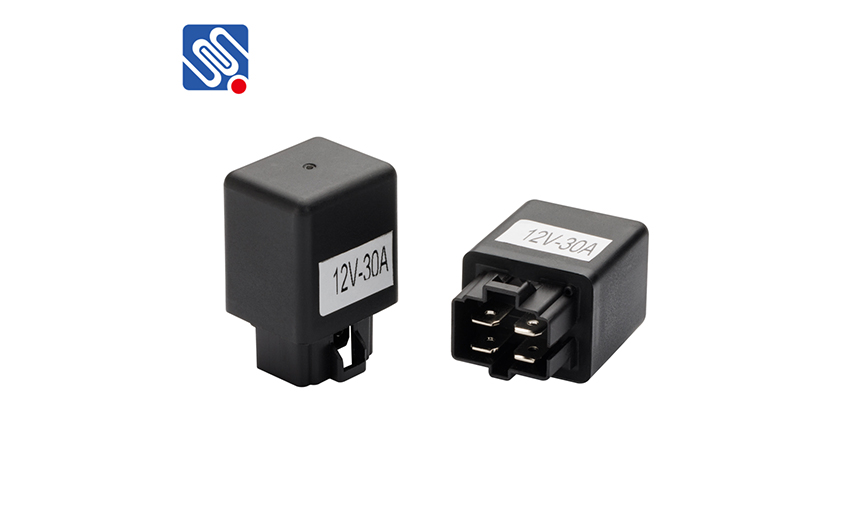Determine the type of relay according to the input signal
The characteristics of the input signals required by the relays with different operating principles or structural characteristics are different. For example, thermal relays are relays that use thermal effects to operate; acoustic relays are that that use acoustic effects to operate; and electromagnetic relays are used to open and close contacts by controlling the electromagnetic attraction generated by a current through a coil. This requires the user to first select the relay type according to the nature of the input signal. For example, when responding to voltage, current, or power signals, voltage, current, or power relays should be used; when responding to pulse signals or polarities are required, pulse, polarization relays, etc.
Here, briefly introduce the difference between voltage and current relays for users to choose correctly. In terms of working principle, both are electromagnetic relays without any difference. But from the design of the relay, there is a difference between the two. The current relay magnetic circuit system is considered according to IW = C, that is, when the coil inductance changes due to the action of the armature during the relay operation, it will not affect the loop current value. This current is determined by the larger impedance of other circuit elements in the loop, and the effect of the impedance of the current relay coil on the impedance of the entire loop is negligible. Therefore, in general, the current relay coil has a small number of turns, and the inductance and resistance are both small, so the coil current is large. The current relay coil is supplied with a constant current value. The signal input by the voltage relay coil is a relatively constant voltage value. Generally, the power supply voltage is directly applied to the coil or assigned to it with a constant voltage value through the network. Therefore, the loop current mainly depends on the coil impedance and generally does not involve other loop components. In order to minimize its shunting effect on other branches, generally the wires are thin, the number of turns is large, the inductance and resistance are large, and the coil current is not large.
When selecting a current or voltage relay, there must be relative circuit conditions. The current relay requires constant current source circuit conditions, that is, the loop has a large impedance in series with it, and its own impedance has little effect on the loop current. Voltage relays require a constant voltage. The current relay is used as a voltage relay, because its coil resistance is small, it is easy to burn the coil, and even cause a short circuit in the power supply. For example, when a voltage relay is connected in series with a coil using a current relay, the original circuit parameters will be significantly changed due to its large impedance, and the relay will not operate because the coil cannot get enough current.
It is worth noting that AC relay coils are generally less capable of withstanding overvoltages than DC relays. In DC relay coils, the rate of increase in current caused by an increase in applied voltage is low. This is because the coil temperature rise causes the coil resistance to rise. However, in AC relays, an increase in the applied voltage causes an increase in current and an increase in the coil resistance. This will cause the magnetically permeable parts to saturate further, making the inductive reactance and then the impedance significantly lower. As a result, the rate of increase of the coil current is faster than the rate of increase of the applied voltage. Therefore, overheating due to applied overvoltage is more likely to occur than a DC relay.







 selena
selena  sales@msrelay.com
sales@msrelay.com 13968707033
13968707033
 +86-577-62518811
+86-577-62518811





